
Dear readers,
It has now been two years since a storm surge in the Baltic Sea caused severe damage in several harbours, particularly on the Schleswig-Holstein coast. In the Olympic harbour in Kiel-Schilksee alone, 48 yachts sank to the bottom and the jetties and stone piers were completely destroyed in some cases. The reconstruction work in Kiel cost several million euros.
The harbour at Damp was hit even harder. It has still not been restored to this day. One We published a report on the events of that time at the beginning of this week.
A similarly destructive weather event did not occur on the German coasts last autumn/winter. Nevertheless, a severe storm could hit the North Sea or Baltic Sea again at any time and pose a threat to harbours and towns - and of course to coastal residents.
This makes it all the more astonishing that quite a few boat owners continue to more or less leave their boats in the harbour to their own devices, even when there is a lot of wind and strongly fluctuating water levels.
Just last week, the water level in several harbours in the western part of the Baltic Sea dropped rapidly due to persistent strong winds. Shortly afterwards, photos circulated on Facebook of yachts almost hanging in the air in mooring lines that were set far too tightly as the water under their keels receded. One or two boat owners need not have been surprised to see cleats torn out.
There may be understandable reasons for not being able to check the boat when a storm is approaching. In other words, to check the position of the fenders and the tarpaulins or to adjust the length of the mooring lines. For example, because the journey to the boat would be long or you are unable to make it to the harbour because of a tight schedule.
And yet: ownership is an obligation!
After all, it's not just about your own yacht, but also about those of your neighbours. During the storm surge mentioned at the beginning, many ships were damaged because some boats were not properly moored. They broke loose, drifted and crashed into other yachts.
Too long a journey or scheduling reasons should not be arguments for not taking care of your ship in the harbour. If you can't do it yourself, it is often possible to ask others - or commission them - to check the fenders and lines in heavy weather. Whether it's acquaintances close to the harbour, neighbours living on board or the local boat service company.
The harbour master, on the other hand, should not be bothered with such a request. And certainly don't expect him to take action on his own initiative. It is simply not his job to deal with the failings of overly careless boat owners. Even though many harbour masters do it anyway - a big thank you to them at this point!
In addition to simple thoughtlessness or carelessness, a certain fully comprehensive mentality can unfortunately also be observed among some owners. The motto is: If something breaks on the boat in a storm, the insurance will pay for it. Selfish behaviour. Others end up footing the bill for this behaviour. Be it because insurance premiums rise for everyone as a result of increasing damage.
Or because your own ship is covered by hull insurance, but your neighbour's may not be. If the mooring lines of the insured ship break in a storm and the ship drifts onto the uninsured neighbouring berth and scrapes the ship's side, the injured party is stuck with the repair costs.
As the first owner is not formally at fault for breaking the mooring lines due to force majeure, he is not liable for the damage his boat causes to other boats. Lucky if you also have hull insurance!
More on the topic:
You should always be aware of this the next time you turn a blind eye to an approaching storm and think that everything will work out somehow. And that, in case of doubt, the insurance company will cover the damage.
Incidentally, the above does not only apply to the time when the ship is in the water. Even in winter storage, you are not relieved of your responsibility as the owner. This is especially true if the ship is wintering in an external storage facility, possibly even with the mast standing.
Before a heavy storm, it should be a matter of course to check the position of the supports and the lashing of the tarpaulins and, if necessary, to secure the rig additionally. It is also best to do this if the boat is in a commercially operated winter storage facility on land and the storage operator is therefore responsible for the safe storage of the boats he has stored.
Unfortunately, not all storage operators are aware of the latter. Others try to shirk their responsibility by including appropriate exclusions in the winter storage contract - although they have little success in court, as the Hamburg Regional Court recently ruled. We had reported on this.
If everyone is aware of their responsibility and acts accordingly, everyone can sleep more peacefully. Even in storms. With this in mind: get you and your boat through the autumn and winter safely!
Pascal Schürmann
YACHT copywriter
You have voted - the result of last week:
Recommended reading from the editorial team

Shipyard portrait
Pure Yachts produces in small series with big goals

The Pure Yachts shipyard, newly founded in Kiel, focuses on long-distance performance yachts made of aluminium. It can already boast its first successes.
Baltic Sea
Fehmarn Sound Bridge - Reduced clearance height
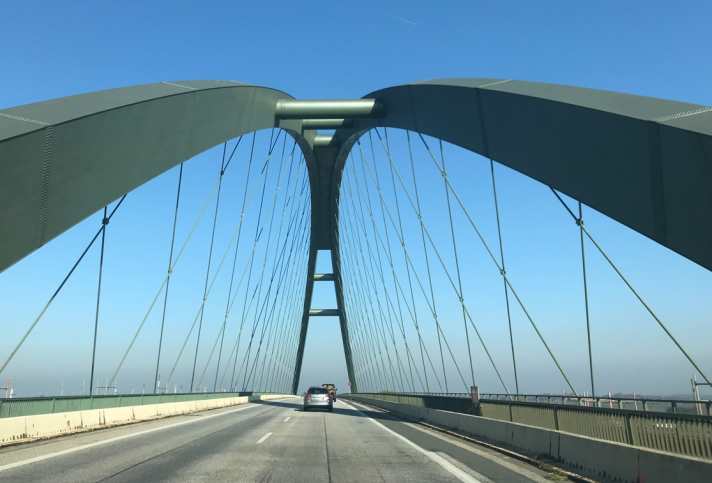
Watch out for the mast stop! The clearance height of the Fehmarnsund Bridge has been reduced until summer 2026. Due to construction work, only 20 metres are available instead of the usual 23 metres.
M.A.T. 11
The Orient-Express is set to become the new ORC pick-up

Hot racer from the Orient. The M.A.T. 11 is set to create new excitement in the ORC scene. The design comes from Matteo Polli.
Shadows in paradise
Brutal attack on expedition boat in Papua New Guinea
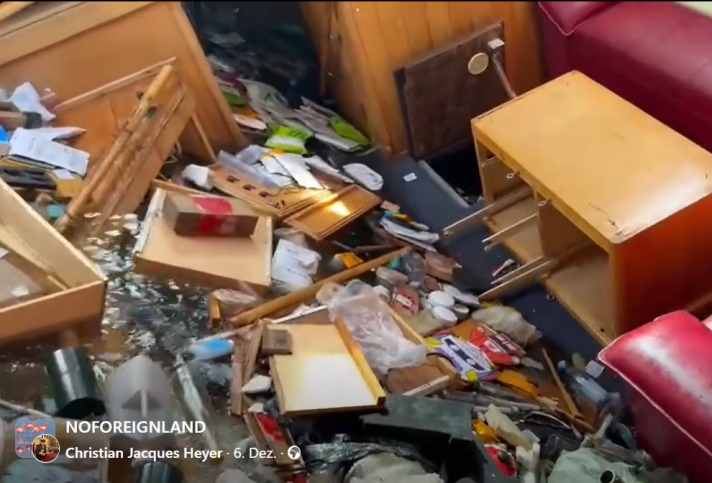
The first motorless circumnavigation of Antarctica by sailing boat was abruptly interrupted by a brutal robbery in Papua New Guinea. The expedition ship "Zhai Mo 1" was badly damaged and looted, putting the voyage of the Chinese sailor Zhai Mo on ice for the time being.
Dispute over measurement
ORC and X-Yachts agree on cooperation - joint statement
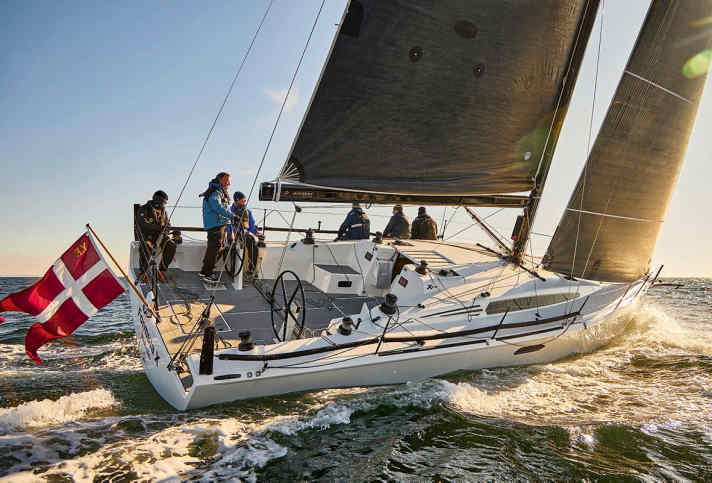
Due to the debate surrounding the XR 41, the Offshore Racing Council (ORC) is reviewing its algorithm for calculating race values.
Hallberg-Rassy 370
Sailing and living at the highest level in the YACHT test
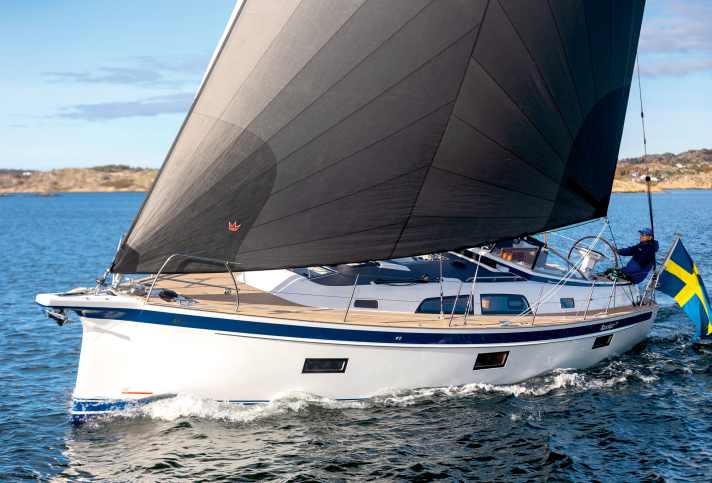
With the Hallberg-Rassy 370, the Swedes present a cruising yacht that leaves almost nothing to be desired. We have tested the first model.
Globe40
On course for La Réunion - concerns about the mast remain
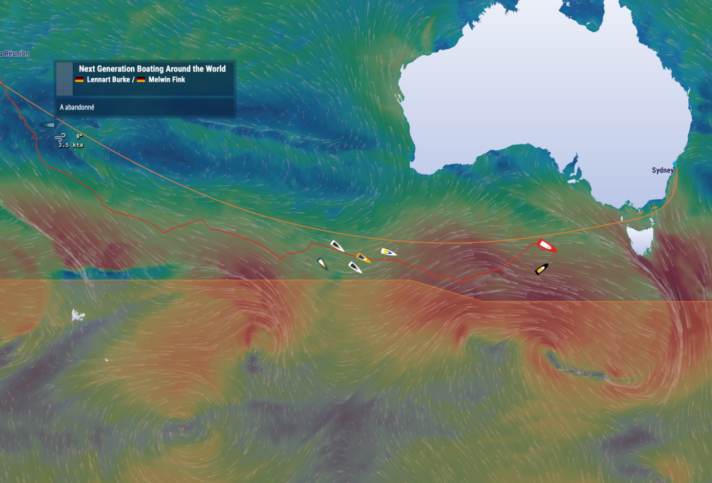
Lennart Burke and Melwin Fink are on their way back to La Réunion in the Globe40. While the competition is aiming for Sydney, the GER duo are fighting on all fronts.
Gitana 18
Caudrelier "talented and humble like Michael Schumacher"

Charles Caudrelier is the skipper who will sail "Gitana 18" into the future. Ariane de Rothschild compares him to Formula 1 legend Michael Schumacher.
Eisarsch
Historic victory - Undine Höfener wins on the Wakenitz
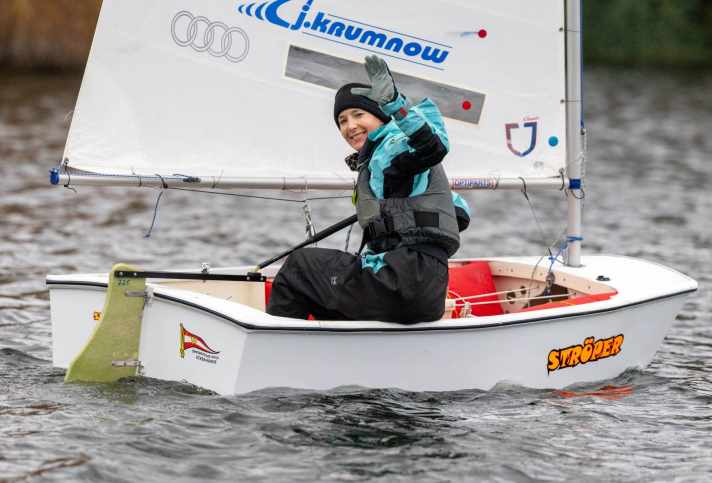
For the first time since 1969, a woman has won the traditional Eisarsch regatta in Lübeck: Ulrike Höfener won the pre-Christmas fun on the Wakenitz.
200 Myls Solo
Long-distance regatta brings Holland closer the hard way
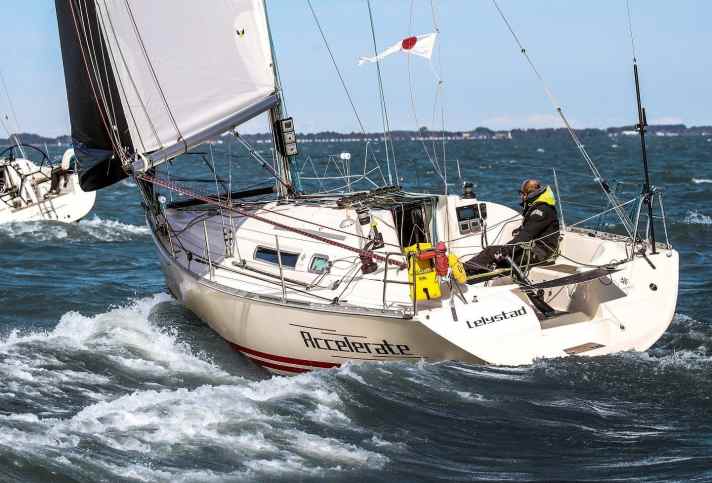
The 200 Myls Solo is a popular single-handed long-distance regatta in the neighbouring country. Frank Winklmeier took part with friends, each on their own boat
Newsletter: YACHT-Woche
Der Yacht Newsletter fasst die wichtigsten Themen der Woche zusammen, alle Top-Themen kompakt und direkt in deiner Mail-Box. Einfach anmelden:

